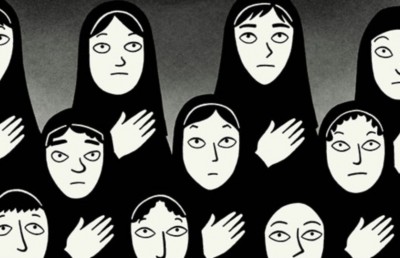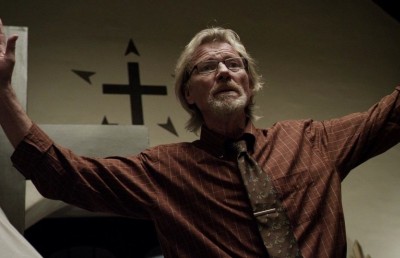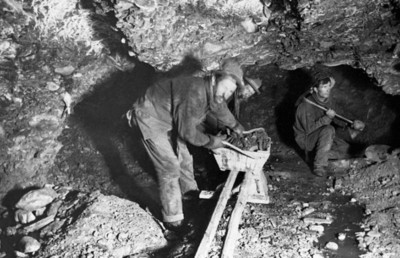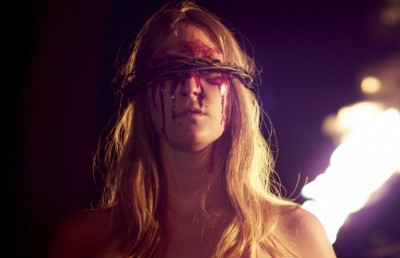Colin Low: Canadian Renaissance Artist
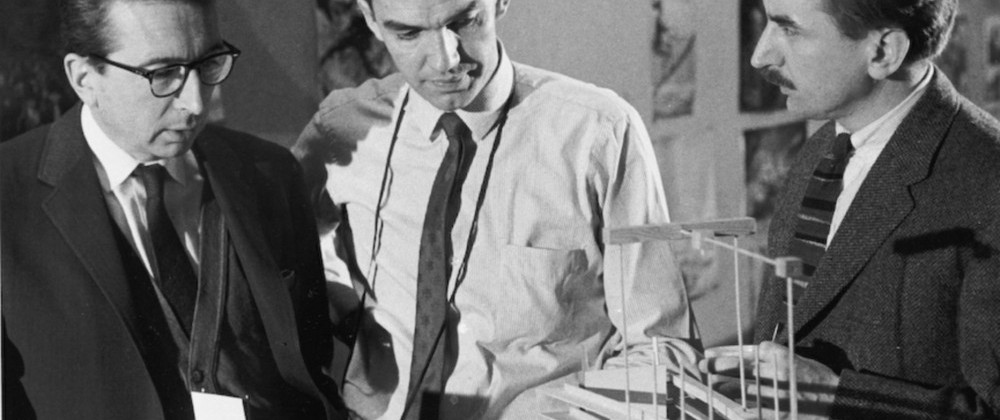
Alberta born Colin Low remains the filmmaker extraordinaire, a true Renaissance man when it comes to exploiting and harnessing the full potential of cinema as an art, an instructional tool, a medium of entertainment, a technology, and a social utility. His accomplishments in a career that spans fifty years and over 200 films as either producer or director is nothing short of breathtaking. Low is sometimes described as a technological innovator (in 3-D technology, large format cinema, such as IMAX, multiple screen projections, etc.), but also a pioneer in the fields of documentary (direct cinema progenitor, as an advocate for popular science, his ‘Challenge for Change’ series, his use of still photographs in City of Gold) and animation (realist depiction of space in Universe), a moralist, a humanist and, perhaps how he would most like to be remembered, a socially engaged filmmaker. Low was all that and more. In the following paragraphs I will simply attempt, in a small way, my own appreciation of this cinema giant.
The first film of his I ever saw was Corral (1954, 12 min.), which makes an interesting companion piece with Albert Lamorisse’s 1953 White Mane: The Wild Horse, which deals with a young boy’s tussle with a wild mustang. Right away, I was struck by Low’s sensitivity to the human form, especially the face. The film, shot in the Alberta Prairies, opens with wide open spaces, then in the middle section, to emphasize the confrontation between the cowboy and the wild mustang, Low brings his camera into the action, employing medium and close shots, hand-held shots, low angles that capture the cowboy against the sky, until the horse is tamed, and then the cowboy mounts the horse and takes to the wide open spaces, with the camera tracking smoothly right to left following the fast, free movement of man on horse. Low does not stick to the classic notion of the western and its open spaces as a genre of wide and long shots. Instead, Low modulates his camera to take in the human element of man versus nature (as he does in Circle of the Sun, Stand Alone, and many other of his documentary where humans are juxtaposed in their environment).
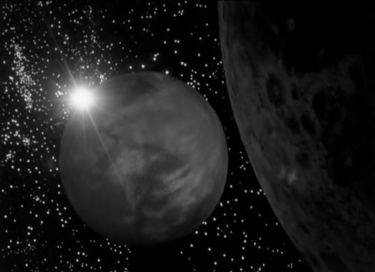
Universe
Another film which struck me in its visual beauty and sense of majesty was Momentum (1992, 20 min.). The stunning (high defintion) aerial helicopter shots of Momentum make us at once proud of the wondrous natural beauty of Canada, prefiguring the similar aesthetic of Peter Mettler’s Petropolis. Not content to capture the physical beauty of Canada, Low and co-director Tony Ianzelo also blend in culture (dance, sport, winter pastimes, aboriginal art), the animal world (bears, huskies, birds, horses) and represent a work ethic predicated on balance, harmony and play. The sense of wonder on a cosmic scale is the subject of Low’s (co-directed with Roman Kroitor) award winning exploration of the earth’s place in the grand picture, Universe (1960, 29 minutes). In this uncannily convincing scale model recreation of the universe and its planets (Saturn, Mercury, Venus, Uranus, Pluto), Low and Kroitor not only instruct us about our cosmic heritage, but foreshadow the imagery and voice-over speculation of much later science fiction cinema (the TV show Star Trek first comes to mind when watching Universe, and apparently, the film’s realistic animation was an inspiration for Stanley Kubrik’s 2001: A Space Odyssey). Halfway through the film, Low and Kroitor take us back down to earth, literally, and the professor of astronomy preparing to take night photos of stars with his telescope in the David Dunlap Observatory, Richmond Hill, Ontario. Low, as always, returns back to the human element to help us understand the world around us.
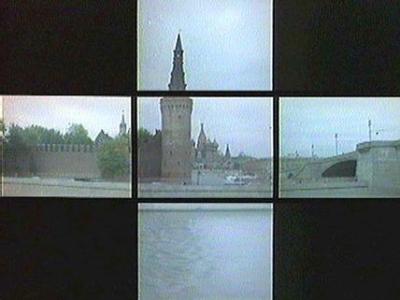
In the Labyrinth
His impressive technical achievemt In the Labryinth made as part of the Montreal Expo 67, was first released as a multi-screen (five) presentation for Chamber 3 of the Labryinth at Expo 67, and later released as a single screen version in 1979. The film, co-directed with Kroitor and Hugh O’Connor, stands the test of time not only for its technical brilliance of deploying a five screen multiple image, but the emotional breadth of the imagery. In the Labryinth is perhaps Low’s masterpiece, signalling the apex of the one quality which I find best characterizes his greatness: his sensitivity to the human face in all its uniqueness and telling mystery (with Low’s images you get the sense that each face, each person has a thousand stories to tell). Low and his team scour the world over for wondrous imagery that unfolds in a total montage of complementary opposites: rural/urban, nature/industry, young/old, work/play, joy/sorrow, human/animal, ritual/order. It is telling that the layout of the five images form a cross, with one image in the middle, flanked by four on either side. The film opens with a title card stating its cosmic-spiritual dimension:
In many countries there is a cherished story that, even in this life, the soul can conquer death and be reborn. In the ancient Greek myth the Hero Theseus, to free himself from the implacable Labyrinth, had to slay the monster Minotaur. Each of us lives in a personal labyrinth. What in us could be the ‘monster’? And what in us could overcome it?
The five split images are at times part of an independent montage, linked only in the most subtle of ways (graphic parallel, geographical, formal), and other times they form part of a singular weave, with the images speaking to each other, like the bathers in the Ganges river. At times all five are used, other times only one, two or three. Simple acts become dramatic, comic, cosmic: a woman washing her face across a horizontal tryptich becomes operatic; a traffic cop at work becomes, with the help of an orchestral score, a musical conductor; a solitary African boatman moving quietly along an inlet is framed in the middle, flanked by moving shots of the surrounding trees, the scene ending in a dramatic hunt of an alligator.
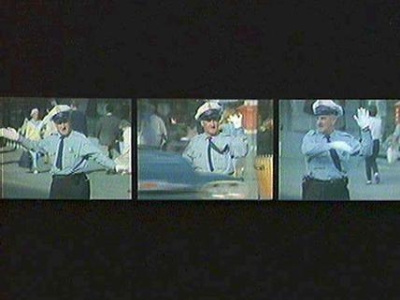
City of Gold (1957, 22 min.) is a magical recreation of the past, the past of a Yukon town called Dawson City, at the edge of the Klondike River, the center of the Klondike Gold Rush, home town of narrator Richard Berton. The film’s opening takes us on a visual tour of the city as it stood at the time of the film, the camera moving across picturesque semi-deserted spaces, and montages isolating important spaces and locations. The past in question takes us to the winter of 1897 and the millions of people who set out to scour for gold. Berton’s father was one of the thirty thousand who succeeded in their trek to the Klondike to “shovel up gold.” At about the six minute mark, the film shifts from live action to photographs of the past, the camera panning and animating the still photographs (a gesture which would influence the later master of the historical documentary, Ken Burns). City of Gold, made in 1957, was the first film to be made almost entirely of still photographs (six years before Chris Marker’s La Jetée). The hunt for gold represented men’s (although the film stresses men, there were also many women who were part of Dawson City, as we do get to see in some of the photographs) passions, hopes, dreams, illusions, and, for many who arrived too late to stake a land claim, disappointment, failure and disillusionment. In its heyday the town claimed thirty-thousand residents. As Berton claims, “For one demented summer [the town of Dawson city] was a mecca.” The film really comes alive when Low hones his camera into the many faces captured in the glorious black and white photographs, panning from one face to another, faces that suppress behind their smiles, smirks, and stares, haunted memories of a near forgotten moment in history. A haunting close-up of a single woman’s shoe resting on a window sill, covered in dust and cobweb encapsulates the film’s theme of memory and mystery (Why did some men go to Dawson City and then not bother to look for gold? Why did some successful gold rushers squander their fortune? Who took these photographs that made this film possible?).
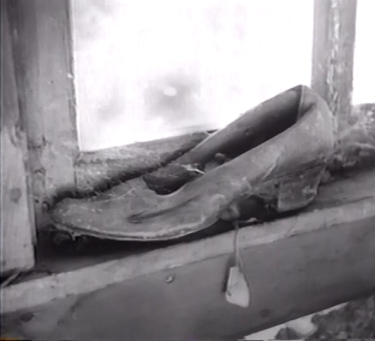
City of Gold
The way that Low and Koenig filmed the photographs adds to the seamlessness of the film’s movement from live action (at the beginning and very end) to the stills. Editor and produccer Tom Daly had this to say in an interview with regards to their approach to filming the photographs:
Everything was carefully calculated. First, we meticulously framed the best parts of each photograph. We also plotted movement from frame to frame within the shots in such a away that the movements worked as transitions, developments, changes of subject or location. And we never showed the edges of the photograph, so the illusion that the world went on in all directions beyond the camera frame was maintained at all times (Arlene Moscovitch, p. 10).
Daly also reveals that Koenig invented a “gadget that enabled animation-camera movement to be plotted live” ( Moscovitch, p. 11).
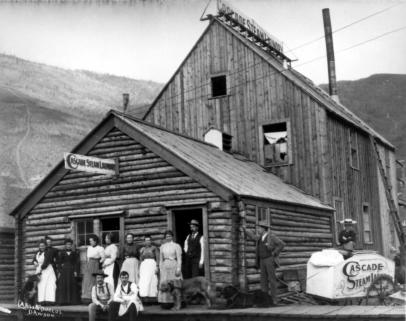
City of Gold
Low adopts the filming of still imagery for the beginning of the excellent City out of Time (1959, 16 min.), with Venetian paintings replacing photographs. In the opening of this rather sophisticated film about the art and architecture of Venice (and the nature of art itself), Low’s camera first pans and zooms within the Venetian paintings hanging at Ottawa’s National Gallery, before taking his camera to the city of Venice itself. Once there, Low intercuts between art, the city and the human observers (mostly tourists). As is the norm for Low, the ostensible subject (the timeless quality of art, the human spirit and the city of Venice) is never far removed from the human element (his camera spends as much time on the faces of the people observing the art, architecture, churches and squares). In just under 16 minutes Low manages to raise, and in some cases answer, difficult and abstract questions about art (What is art? How can we distinguish great art from pedestrian art? What role does time play in the evaluation of art?).
A more whimsical Low can be seen in his award winning animated exploration of transportation in Canada, The Romance of Transportation in Canada, 1952, 11 min. Low’s history of Canadian transportation (which echoes the great Canadian cultural critic Harold Innis’ study of the cultural impact of communications technology, The Bias of Communication, 1951) begins with the canoe in the 16th century, which soon gave way to larger boats to accommodate commerce and trade. The late 18th century saw the arrival of the stagecoach, important for linking the growing number of towns. The industrial revolution in Europe saw the adoption of steam powered engines, the early 20th century the internal combustion engine. The film ends with a UFO landing in a busy city, causing traffic chaos (this was 1952 after-all, with SF and alien invasion all the rage). Humor is also incorporated into his study of the Royal Canadian Mounted Police, The Days of Whiskey Gap (1961, 28 min.), which makes ample use of fictional imagery of the RCMP.
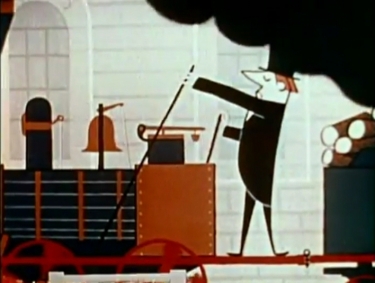
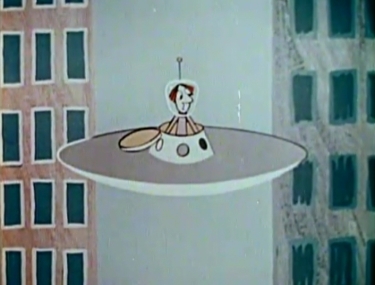
The Romance of Transportation in Canada
It is sometimes said that people can be divided in terms of their capacity to relate to things (objects, technology) or people. It is thought that someone who excels in mastering the art of technique and technology might not have the time, inclination, desire, or sensibility for extensive social interaction. Low is living proof to the contrary, having split his career accomplishments between furthering the technological aspects of cinema (3-D cinema, mulitple screen films, IMAX, Omnimax, etc.) and simple films that focus directly on the human element, the human soul, human problems, and, most tellingly, the face as human landscape (the cowboy in Corral, the people of the Hutterite colony in The Hutterites, the people of Fogo Island, the past figures in the haunting photographs of City of Gold, Pete Standing Alone from Circle of the Sun, etc.). Low’s true subjects across his work, whom he treated with respect and honesty, were the disenfranchised, the forgotten, the eccentrics, the outsiders, the people living on the margins of society, sometimes by force, sometimes by choice. For this, he remains perhaps Canada’s greatest humanist filmmaker.
Header photo from the NFB.
Relevant Links
Brief interview with Low
As noted in my intro, most of the Low films discussed in this issue are available for free live streaming (and for purchase as inexpensive downloads) from the NFB website. Here are some direct links:
The Romance of Transportation in Canada
Bibliography
Arlene Moscovitch. Contructing Reality. The National Film Board of Canada, 1993. Tom Daly Interviewd, Patricia Thorvaldson, originally appeared in _Pot Pourri, Summer 1997.



